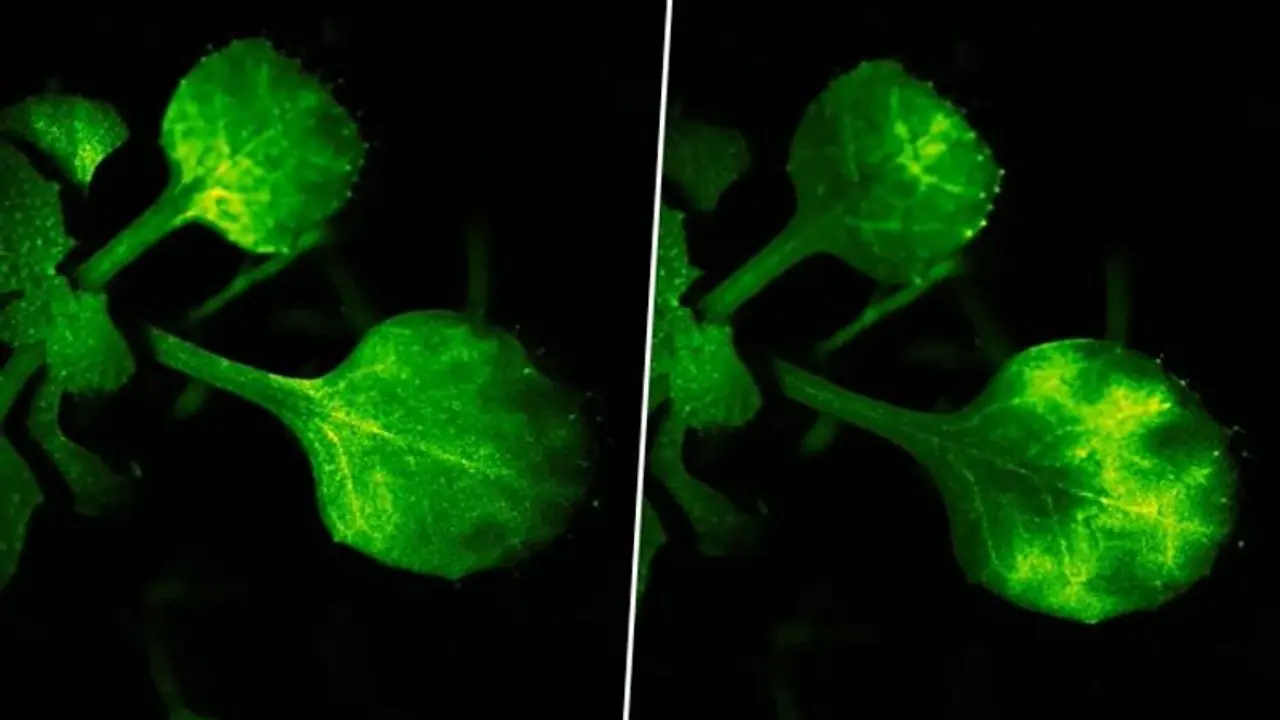A group of Japanese scientists has achieved a remarkable breakthrough by capturing live footage of plants 'talking' to each other.
In a groundbreaking revelation, a team of Japanese scientists has achieved the remarkable feat of capturing real-time footage of plants engaging in communication. The study, led by molecular biologist Masatsugu Toyota from Saitama University, sheds light on the intricate ways in which plants utilize airborne compounds to "talk" to each other, a phenomenon previously unseen by the human eye. The findings, published in the journal Nature Communications, mark a significant breakthrough in our understanding of plant behavior and defense mechanisms.

Plants, it turns out, are surrounded by a fine mist of airborne compounds that function similarly to smells, serving as a communication medium among them. These compounds, known as volatile organic compounds (VOCs), play a crucial role in conveying warning signals to nearby plants when danger is detected. The research team used a unique setup involving an air pump connected to containers of leaves and caterpillars, as well as a box containing Arabidopsis thaliana, a common mustard family weed, to capture and study this communication.
The study focused on observing how undamaged plants responded to VOCs released by neighboring plants that were either damaged by insects or experiencing other threats. The undamaged plants, equipped with a biosensor that detected calcium ions – a form of signaling also used in human cells – responded to danger cues with bursts of calcium signaling. This response rippled across their leaves, showcasing the intricate nature of interplant communication.
According to the researchers, this communication network is crucial for the survival of plants, as it allows them to protect each other from environmental threats in a timely manner. The team identified specific compounds, Z-3-HAL and E-2-HAL, present in the airborne messages that induced calcium signals in Arabidopsis plants.
Masatsugu Toyota expressed the significance of the discovery, stating, "We have finally unveiled the intricate story of when, where, and how plants respond to airborne 'warning messages' from their threatened neighbors." The study provides a unique glimpse into the ethereal world of plant communication, highlighting its pivotal role in safeguarding neighboring plants.
In a related experiment, the team also measured calcium signals released by Mimosa pudica, commonly known as the touch-me-not plant, which exhibits rapid leaf movements in response to touch, aiding in predator avoidance.
This groundbreaking research not only deepens our appreciation for the complex lives of plants but also opens new avenues for understanding and harnessing the natural defense mechanisms that contribute to the resilience of plant ecosystems.
